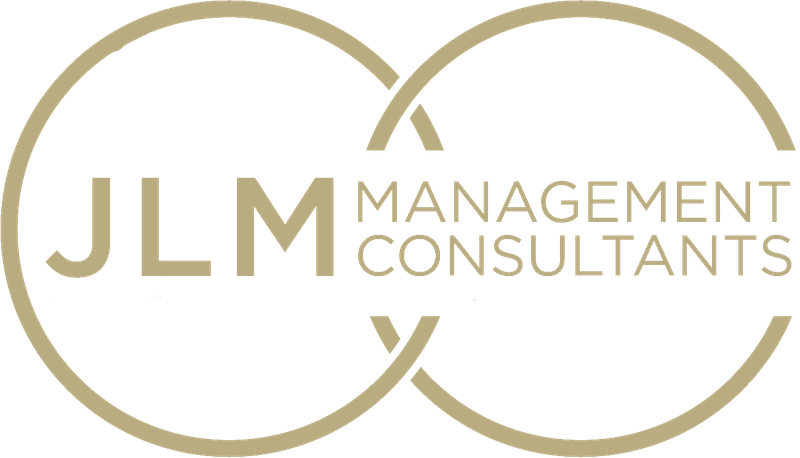Hello from my world in the San Francisco Bay Area! The companies around here that I work with are deep into three hard months of COVID-era impacts. “Opening up” has been very slow and measured.
Most people wear masks in public, and many companies are allowing people to work from home. When people meet in person, they keep their distance and wear masks – and then wash their hands!
Some of my clients are doing well, continuing to work in a new way, but not suspending their products or services. A few have slowed, however, as their customers have thinned. Despite this, they report they’re doing better than they expected.
The last week, of course, added a whole new level of turbulence to the COVID impacts. George Floyd’s death sparked huge protests in many cities across the world, including San Francisco and Oakland. It’s encouraging to see so many people putting themselves on the line to combat police violence and societal racism. The anger being demonstrated is long overdue. I’m holding onto hope that this time there are profound changes in how we see and deal with racism, how police behavior transforms, and how we personally commit to avoiding a return to complacency.
And so, I’ve found myself wondering what contribution to make with this newsletter, knowing you’re navigating many changes in your own work and personal lives.
I’ve decided to offer something very practical at this time. In some ways all of us are simply putting one foot in front of the other, trying to gauge what’s needed in the moment. Leaders, of course, are normally tasked with finding the future for their employees and constituents, but that may not be clear for months. This is information you can put into practice starting today.
Improving Engagement through Management Development
High engagement is created through interactions, meetings and conversations. It makes sense then, that how you coach your managers is a key element of fostering more effective management. Engaging may be done virtually or in person (with appropriate distance!) or on the phone. But ensuring that these conversations occur is even more important when a company is in a period of change and when it’s more difficult to get people together in the same room.
I was excited to find a new book outlining a coaching framework for management development, divided into five different types of meetings. The book is called It’s The Manager (by Jim Clifton and Jim Harter), and I’ve summarized their coaching framework below.
Before getting to that, however, I want to mention why I suggest you buy the book and share it with your team. The two authors work for the Gallup organization, and as you know, Gallup does excellent and large-scale leadership research. They’ve been working on a major study of the future of work, which found that “…the quality of managers and team leaders is the single biggest factor in your organization’s long-term success.” If you believe this to be true, then there’s nothing more important than improving your own personal awareness, talents, and skills as well as those of the other managers in your business.
The book includes much more than the five meeting coaching framework that I share below. It builds on the ideas of the strengths-based leadership approach that the authors outline in their previous books. Your purchase of It’s The Manager includes a code to take an assessment of your own leadership strengths. I find the assessment to be very helpful to my clients, resulting in a thorough report of your top five strengths (out of 34). It’s an invaluable tool for personal leadership development.
The Five-Meeting Coaching Framework
- Initial Orientation: Focus on establishing expectations about the person’s role. Try to build the role around strengths whenever possible. Include discussion of purpose, goals, metrics, professional development, strategy, team and well-being. One time/year (or when one’s role changes) for 1-3 hours.
- Quick Connect: Short meetings (1-10 min) at least once per week. Ask and answer questions about how work is going, help employee stay on track and let employee know that their manager is following the person and the work. Can use for a quick acknowledgement of a job well done. Can be done on phone, in-person, hallway conversations, email etc.
- Check-in: Review successes and barriers once or twice per month (10-30 min). More structured than Quick Connects. Employee and manager cover anything related to expectations, workload, goals and needs.
- Developmental Coaching: Best done when manager knows employees strengths and needs and their interest in growth. Can be brief. Purpose is to give employee direction, support and advice as they explore career and development opportunities.
- Progress Reviews: Best done at least twice/year for 1-3 hours to replace the annual “performance appraisal” meeting.
Progress reviews should include:
- My Purpose: Why employee does what they do.
- My Goals: What they want to accomplish in the year and what the manager and organization need. Align goals.
- My Metrics: Generate measurements and scores to gauge employee progress on individual achievement, collaboration with team members and customer value.
- My Development: What ways does the employee want to grow? What does the manager see as areas of growth and development?
- My Strategy: Use purpose, goals and metrics to create an action plan.
- My Team: Identify the employee’s best partners.
- My Wellbeing: Open the door for conversations about overall life aspirations, finances, community involvement, social activities and health.
I hope you will get the book, take the assessment, start the five-meeting coaching process and see what unfolds! I’m certain these steps will help your managers and employees feel more connected and aligned with their work and the organization’s mission.
As always, please reply with any comments on this newsletter, or call me directly. I’d especially love to hear back from you about what were your top five leadership strengths!
Warmest regards,
Jeri

Leave A Comment